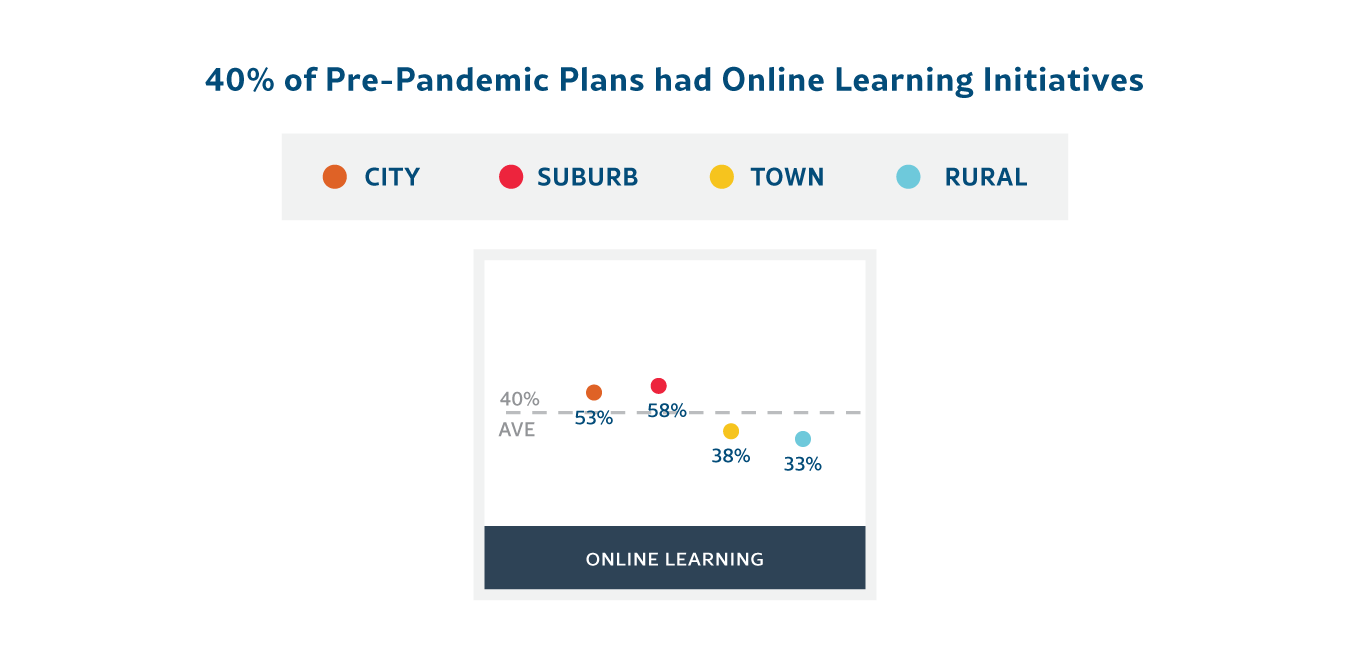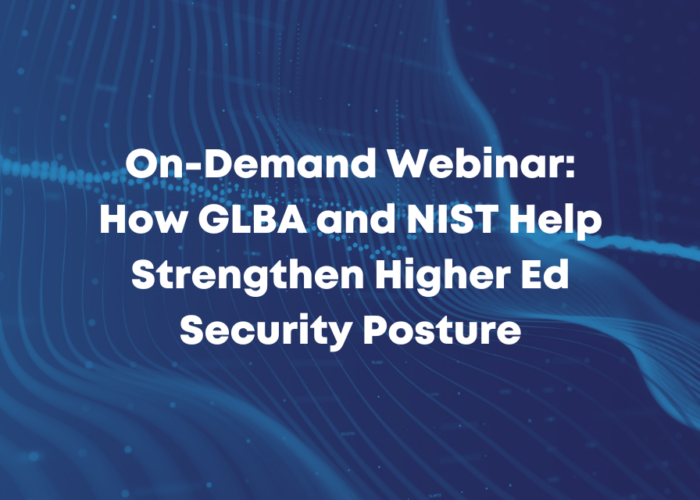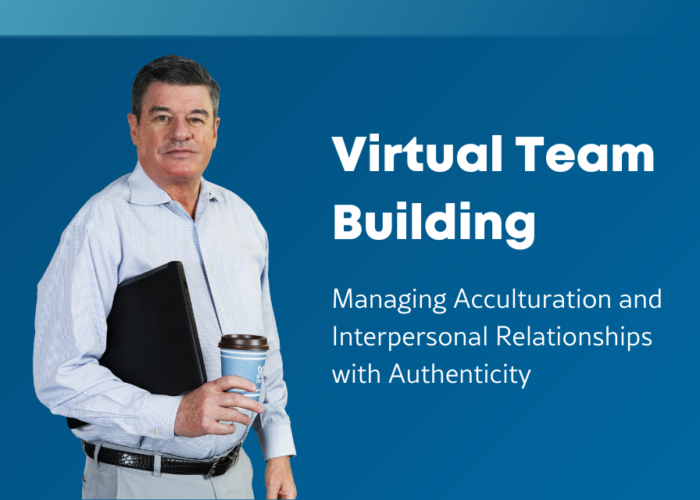In a webinar we recently conducted for Chief Financial Officers with our partner AICCU (Association of Independent California Colleges and Universities), I made a passing comment to the audience that hindsight is 20/20 when considering the rapid shift to online learning modalities spurred by the pandemic and the need to drive technologies and innovation to advance blended learning now. A clever attendee chatted back, “Hindsight is 2020.”
The comment has stayed with me, and I decided to evaluate whether hindsight is indeed 20/20 (or 2020) for higher education. We’ve known for many years that an enrollment crisis was headed our way and that the rising cost of a college education was limiting accessibility, retention, and graduation rates, contributing to our country’s exacerbating economic inequality problem. Higher ed has been in a disruption phase during this time, but it has been sluggish, enabling many institutions to contend that it wasn’t really happening.
The pandemic broke the denial and has accelerated the disruption. I believe we are now seeing ten years of needed change being squeezed into 18-24 months. Change is now non-negotiable. Higher ed experienced an undergraduate enrollment drop of 4.4% in Fall 2020 and shed over 400,000 jobs. Many institutions are in a financially precarious situation and are trying to figure out how to deliver ROI to students and their families.
So, what can we learn from the past? How can hindsight be valuable in helping higher ed change and move forward to come out stronger and more equitable post-pandemic?
At Apogee, we analyzed 491 pre-pandemic higher ed strategic plans to determine if institutions were laying out concrete plans for change and innovation to achieve needed enrollment numbers, affordability, and accessibility. As a company whose sole focus is on higher ed, we need to understand the state of higher ed strategic planning to be in a skilled position to advise and help our customers. We hypothesized that the presence of online learning initiatives in pre-pandemic plans was the best indicator of an institution’s resolve to innovate and its readiness for change. The analysis – available to the public via our interactive report – is telling. Only 40% of the 491 institutions we studied had online learning pedagogical initiatives prior to 2020. Schools in cities and suburbs were more likely to have these initiatives in place, at 53% and 58%, respectively; schools in towns and rural areas trailed at 38% and 33%, respectively. Another intriguing fact is that these percentages are exactly the same regardless of the size of the institution. Locale was more likely to determine the presence of online initiatives, not size.

Hindsight 2020 reveals that 60% of institutions likely underappreciated and underinvested in online learning, both pedagogically and technologically. We are currently pulling 2021 strategic plans to analyze the changes and will publish updates to the interactive report when complete. I predict a big shift in this bucket as institutions begin to question sacred practices and programs and start asking, “How can we do things differently?”
At Apogee, we call the 40% of schools who saw the forces of change coming and began acting on them with vigor “Innovators.” In preparing for our webinar with AICCU, we learned from their Impact of COVID-19 on Fall 2020 Enrollment report ( that member institutions who had at least 10% of undergraduates enrolled exclusively in online programs pre-pandemic experienced a lower drop in enrollment than the 7% average drop.
These Innovators were on to something. They, like the 40% of Innovators in our study, recognized that delivering access to higher education to more students is what will drive both the resource engine and a more equitable society. They also recognized that students are not restricted to the traditional educational model. They have been vocalizing their right to learn in any format, wherever and whenever they choose, and are insisting on investing only in learning experiences that deliver ROI in terms of their time, money, and ability to successfully launch – or in the case of lifelong learners, enhance – their careers. Institutions that can lean into what they do best and adapt to the changes that students are demanding will thrive and grow enrollment numbers.
For further “hindsight 2020,” please visit The State of Higher Ed Strategic Planning interactive report and compare your campus to the 491 institutions in the study. To learn how to partner with Apogee to become an Innovator, contact us today. We’d love to help.





